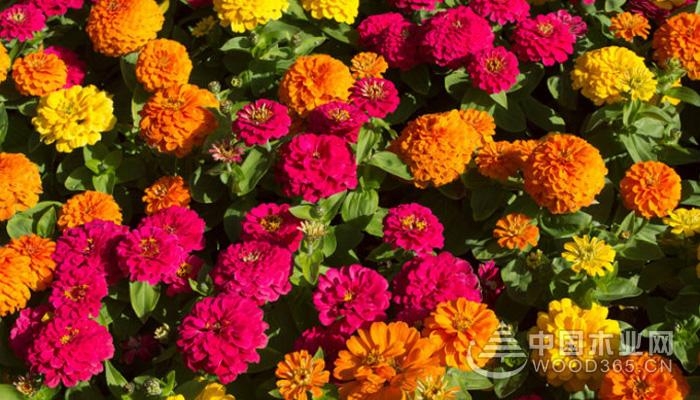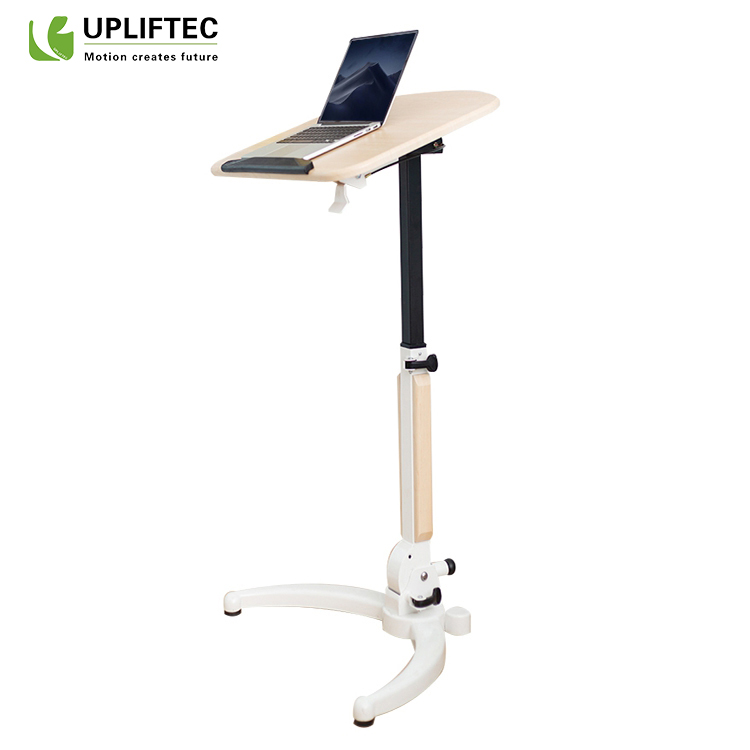Zinnia blooms in autumn, the flowering period is long and the petals are various in color, the flower pattern is changeable, the drought-tolerant, sun-loving, and fertile soil with neutral neutrality is one of the main flower varieties in autumn urban greening, but the seedling period is high in summer. During the period, the seedlings are very easy to grow, forming high-stem seedlings. In the later stage, the plants are too high, easy to fall, and the amount of flowering is reduced, which affects the ornamental effect.

Dwarf cultivation is the use of various measures to promote the dwarf of flowers, fruit trees and other crops. It is conducive to early flowering, results, increase production, improve quality, reduce input, and improve land utilization. Commonly used dwarf anvils, dwarf varieties, changing planting methods and tree shape, controlling root system, controlling canopy, growth regulator control and other measures. Dwarf cultivation is widely used in apple cultivation. Pear, peach, citrus, banana, coconut, papaya and other cultivations have also been adopted, which has become an important method for intensive cultivation of modern orchards. At present, research on dwarf cultivation of Zinnia is relatively rare.
Cultivation techniques for large-scale potted Zinnia bonsai dwarfing 1. The substrate is selected from the flower seedling special substrate (Danish), and 75% of chlorothalonil is added per cubic meter with 40% calcium magnesium phosphate. Mix well with 2Kg.
2. Variety selection The Zinnia variety "Dwarf No. 1" provided by Zhenjiang Ruifan Agronomy Co., Ltd., which is distributed by Sapporo Horticulture Co., Ltd., has a plant height of 30-35 cm, a stem diameter of 0.6-0.9 cm, and a strong growth. Flower red, flower diameter 8-9cm, re-identification, strong disease resistance, suitable for potted plants; 72-hole trays are used, plated with water, and 1.5cm deep seeding holes are pressed with the same size of the trays.
3. Seed treatment, soaking with 40% formalin for 700 times for 20 minutes, rinse with water, then soak for 20 minutes with warm water at 40 °C, stir the seeds with a stick to room temperature for sowing.
Fourth, the "National Day" is arranged with flower beds, sowing on August 8th, sowing a treated seed at each hole, covering the nutrient soil, pouring enough water to cover the mulch and moisturizing.
Fifth, build a greenhouse, cover the insect nets around, and install a sunshade net with a 70% shading rate on the top; remove the mulch film in time after the seeds are germinated, and water each time with a sprayer every morning and evening. At 10 o'clock in the morning, or when the temperature in the greenhouse reaches 28 °C, pull the sunshade net on the roof to cool down. When the temperature in the greenhouse is lower than 30 °C in the afternoon, the sunshade net is uncovered, and the sunshade net is not needed on the cloudy day. Water is poured once a day in the morning, and when the seedlings grow to 4 leaves, spray with 15% paclobutrazol 300mg/1000g once to prevent high seedlings.
Six, 5-6 leaves when hand-topping, adding 0.5% urea to the water when watering, promote branching;
7. Nutrient soil garden soil: Humic soil is prepared in a ratio of 6:4, and the ternary compound fertilizer with a nutrient soil weight of 0.1% and high phosphorus content (15-15-15, N+P2O5+K2O≥45%) is added. At the same time, each 100Kg compound fertilizer is blended with 17% boron fertilizer 1.5Kg and stirred evenly. When using the upper pot, use 2/3 nutrient soil with a diameter of 12cm. Fill the water one day before planting, and cover 1-2cm of nutrient soil after planting to prevent dew root. Water is poured once a day before the living tree. After living the tree, water is poured once every 3-4 days to keep the nutrient soil moist; occasionally remove the old leaves to prevent disease.
Eight, when the plant reaches 18cm, use a sickle to cut the head 3cm, carry out the second topping, and use 600mg/1000g of chlormequat to simultaneously add 0.5% potassium dihydrogen phosphate spray to the water for 1 time, 3 times. - Water is poured once every 4 days to keep the nutrient soil moist. After the flower is released in mid-September, the flower bed can be arranged.
The pneumatic Standing Desk is a simplification of the automatic lifting table. It eliminates the need for a motor or compressor, and adjusts the air pressure bar manually to achieve the function of lifting
advantage:1. Low price and high cost performance 2. No need to connect to electricity, no oil, good safety.
Disadvantages:1. The stability is not high 2. It takes a little effort to raise and lower, and some buttons need to be lifted by hand to achieve the purpose of up and down.

Pneumatic Standing Desk,Adjustable Office Desk,Standing Computer Desk,Office Desk Adjustable Table,Lifting Desk Pneumatic
Suzhou Uplift Intelligent Technology Co., Ltd , https://www.upliftecdesks.com